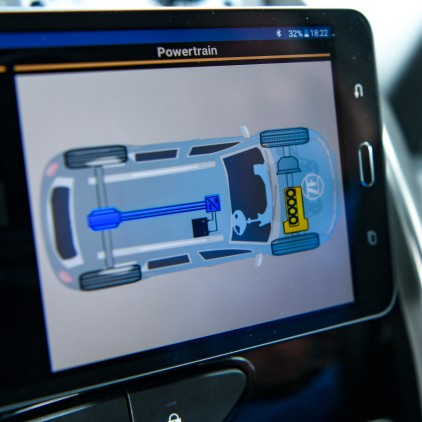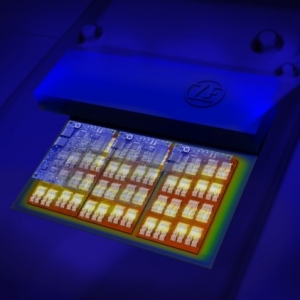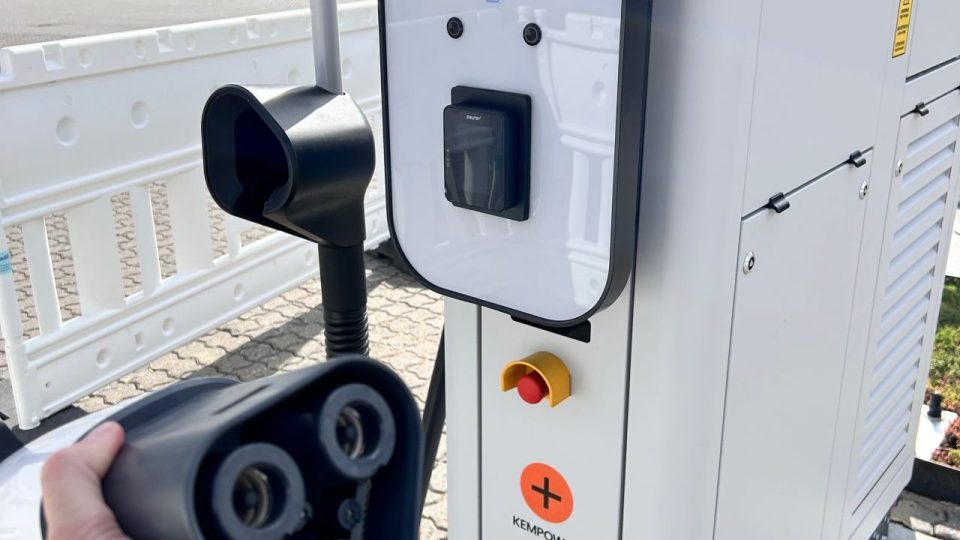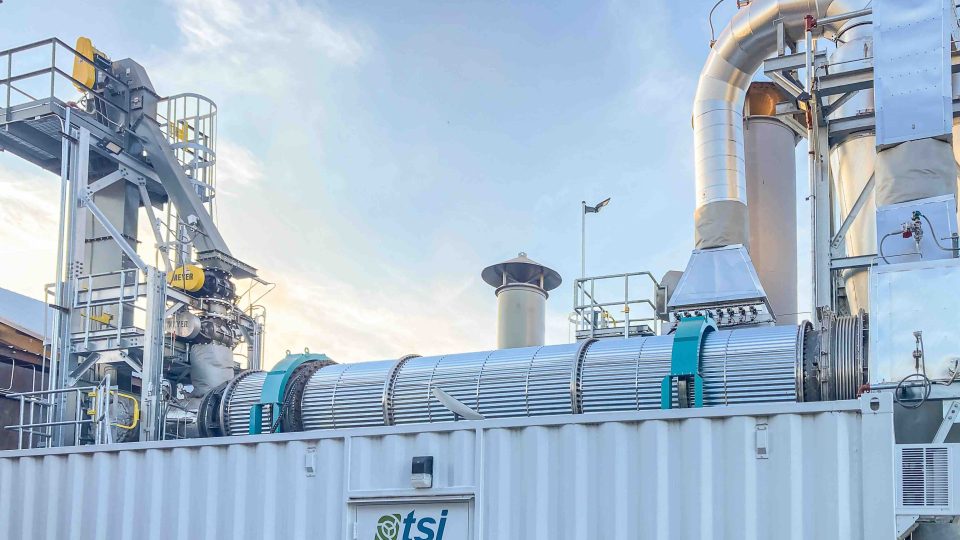ZF. Smart Temperature Check
New smart temperature check by Zf, let’s see how it works. Developers of power electronics for electric drives had been missing an important piece of information: how strong are the temperature fluctuations that the installed silicon chips are subject to under real driving conditions. Such semiconductor modules are not only expensive, but also sensitive. Constant […]

New smart temperature check by Zf, let’s see how it works. Developers of power electronics for electric drives had been missing an important piece of information: how strong are the temperature fluctuations that the installed silicon chips are subject to under real driving conditions. Such semiconductor modules are not only expensive, but also sensitive.
Constant heating-up and cooling-down make the material prone to crumble. If the semiconductor breaks, the entire power electronics system interrupts its service. This is fatal because without these control boxes, electric and hybrid vehicles stop running. Power electronics control the flow of electricity from the battery.
Oversized power electronics make safety expensive
To prevent the power electronics from failing, engineers played it safe by adding more semiconductor modules. The larger the semiconductor surface, the better the temperature balance. However, «oversized power electronics are not optimal when it comes to installation space and costs,» says Marco Denk, head of Advanced Engineering Power Electronics in the ZF E-Mobility Division.
Engineers always like to find the optimum solution. So, Denk asked himself the following question: how can temperature fluctuations and their impact on the service life of a semiconductor be more precisely determined?

ZF temperature check without a termometer
Denk dissertation topic at the University of Bayreuth was a process to measure the temperature of semiconductors in power electronics.
Denk stated that «It sounds easier than it is. The topic stipulated that no additional measuring or transmission devices could be used. In fact, this would generate costs and take up valuable installation space». In addition to temperature measurement without a thermometer, there was also the task of recording the data without additional storage or radio chips.
Denk discovered a gate resistance in the existing electronics whose signal flow could be slightly repurposed. Because this resistance was close to a barrier layer under exposition of a heavy thermal load, the temperature was calculable from voltage differences. In the end, Denk had to ensure to compress and record the data such to allow the possibility to read them out after operating the vehicle.
ZF: CONTINUOUSLY VARIABLE TRANSMISSION FOR FORESTRY EQUIPMENT
Optimal components through patented temperature measurement
Denk saved the temperature check values from several drives onto an 8-kilobyte memory component. Denk’s process is simple and yet so brilliant. For this reason he has already won several awards, including the CTI Young Drive Experts Award.
This approach enabled Denk to collect a great number of data about the actual temperature fluctuations occurring in the ‘heart’ of the electric vehicle. Also using the most diverse passenger car models and load profiles imaginable. ZF is using the patented process and the data acquired from it to configure power electronics optimally. In this way they are more lean, reliable, cost efficient and compact.








